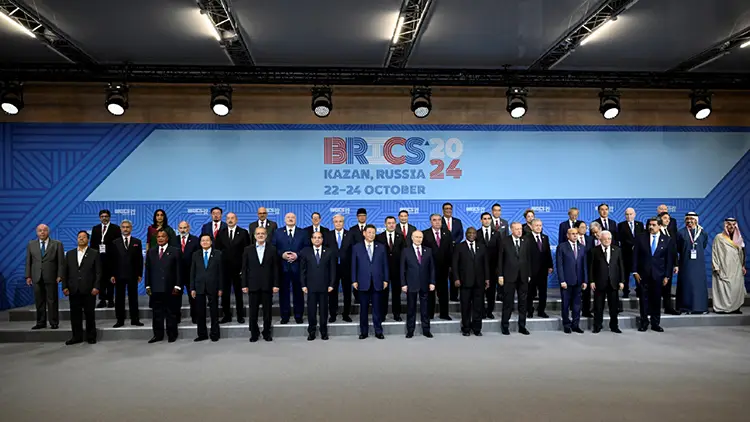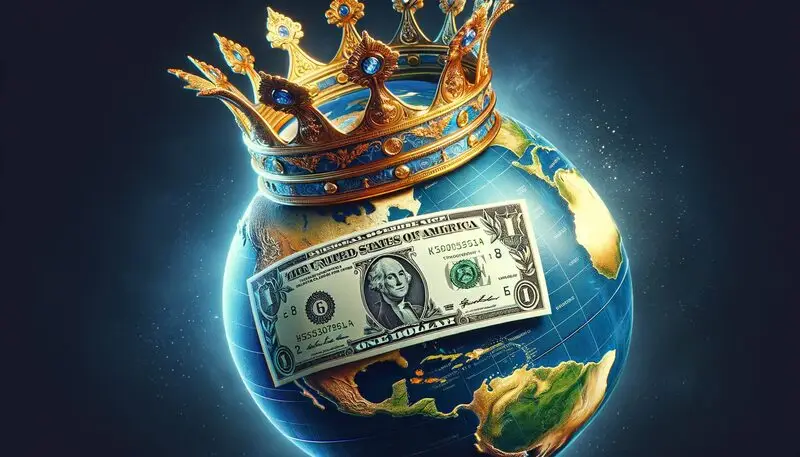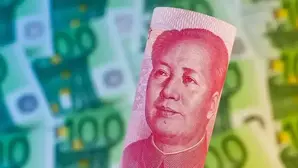The US dollar has reigned as the world’s most dominant currency for a staggering eight years now. The asset has played a vital role in global trade, investment, and reserves. The US dollar’s ascent and prominence come from its stability and trustworthiness as a medium for several economic activities.
For instance, the US dollar accounts for 90% of foreign exchange transactions worldwide. This has irked several nations, who have come together to reduce the dollar’s dominance through de-dollarization. But the real question is how long the dollar would take to perish.
Also Read: FTX Co-founder Sentenced To No Prison Time in Fraud Case
Schemes Against the Greenback

De-dollarization mostly focuses on limiting the dependency on the US dollar. In order to do so, BRICS and ASEAN among others have been trying to come up with new initiatives. BRICS which consists of Brazil, Russia, India, China, and South Africa have been trying to bring down the dominance of the dollar by employing local currencies for trade. In addition, they are also shifting to the Chinese yuan.
Amidst this, they were also exploring the creation of a brand-new currency for global trade. Gulf nations like Saudi Arabia and UAE were considering alternatives and discarding the petrodollar.
It should be noted that there are now visible rifts in the dollar’s supremacy. Over time, trust may be damaged by the US’s mounting national debt, intense political division, and weaponization of the dollar through sanctions.
Also Read: META Looks to Lead AI Race: Is Buying in a No-Brainer?
Will De-Dollarization See The Light of the Day?
Despite these efforts, the dollar remains undefeated. While there is a certain risk with several countries uniting to bring down the greenback, the dollar still holds immense power. JP Morgan’s report revealed that significant de-dollarization is probably going to take decades because the forces that sustain dollar dominance are still quite strong. Joyce Chang, Chair of Global Research at the firm, said,
“The dollar’s role in global finance and its economic and financial stability implications are supported by deep and liquid capital markets, rule of law and predictable legal systems, commitment to a free-floating regime, and smooth functioning of the financial system for USD liquidity and institutional transparency. All in all, meaningful erosion of dollar dominance is likely to take decades.”
Also Read: UBER Stock falls as Tesla Booms: Will it Rebound in 2025?






